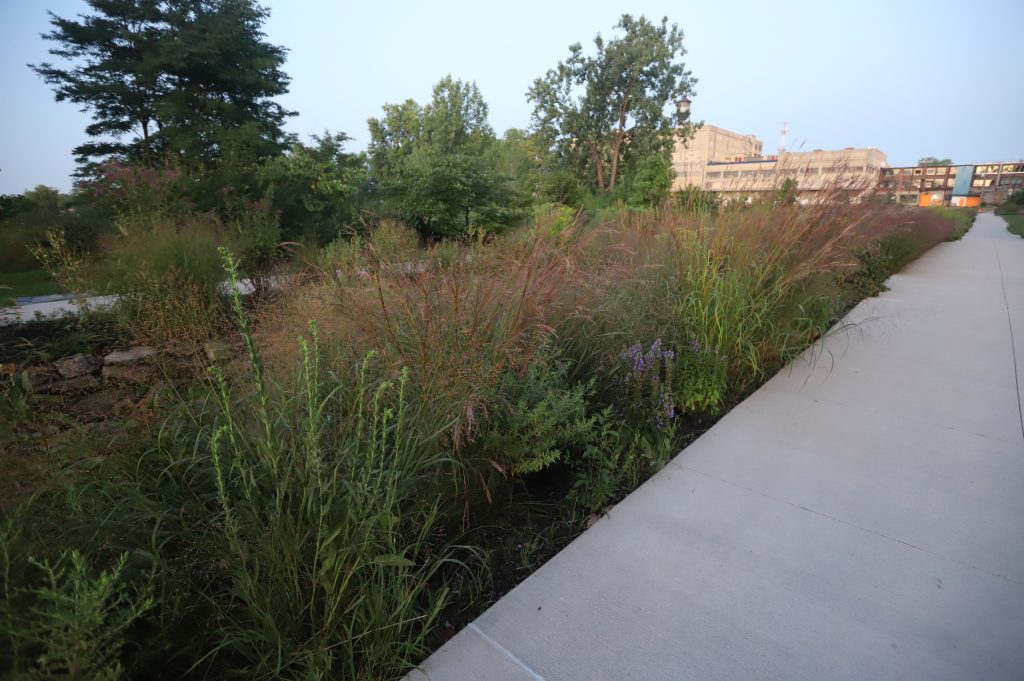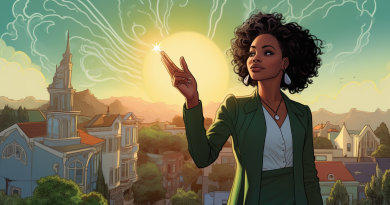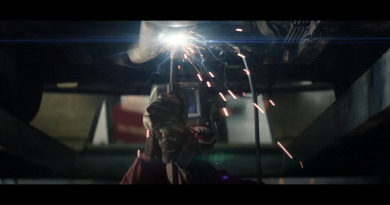On The Banks of the Mighty Maumee
In anticipation of Alexandria Ocasio-Cortez’s imminent assumption of her role as supreme socialist ruler of the cosmos, in which she orders the immediate seizure of all public and private assets and the destruction of all commercial aircraft, I decided to book a train from my native Pennsylvania back to Detroit via Toledo.
Seeing Freedomland by rail is as much a study in natural beauty as it is in disinvestment and austerity. Yea, tho we grieve each delay announced by the chubby, bespectacled conductor, making way for freight, as the trucks go clickety-clack ‘neath worn carpet, one can stare out the Makrolon™ windows, beyond shuttered steel mill, hill, and dale. Delays aside, I’ve never had a really bad experience on a train– I met one of my oldest friends on an Amtrak once by random chance, and used to frequently run into colleagues and friends between Lancaster (LNC) and New York (NYP).
Outside the Northeast, where trains run frequently, punctually, and even profitably, distance Amtrak routes are a great study in asking that question of why the national passenger rail provider struggles for hundreds of millions in capital funding appropriations while Congress doesn’t so much as blink at a request for additional hundreds of billions to fund jets that will never fly to fight wars that will never happen.
The food is actually not bad, and the seats are large, comfortable, and recline to a nearly sleepable angle– comparable to first class without the dehumanizing experience of dealing with the TSA. I can also say that Amtrak trains have, in every experience since my earliest memories, always had outlets at each seat, which is more than I can say for probably 95% of commercial aircraft in the past twenty years.
But I digress.
MORNING IN THE GLASS CITY
Toledo at 5am is, like most cities, pretty dead. But not inhospitable, I found, as I walked through a mostly-abandoned post-industrial area near the train station toward the riverfront, where a new park is being built around the base of the Anthony Wayne Bridge (1931) over the Maumee River (the Shawnee and Miami-Illinois people both called this the ‘River of the Ottawa People,’ as best I can find, although the name ‘Maumee’ derives from the same word as ‘Miami’ as in the tribe).
The Middlegrounds Metro Park is being developed in conjunction with an extensive renovation of the bridge structure and will provide access to acres of green space as well as a biodiverse assortment of native wildflowers and grasses built around a drainage and stormwater retention system. I noted blazing star (liatris), bluestem (andropogon, which I translate from the Latin as “Gerard’s Man-Beard”), switchgrass (panicum), black-eyed susan (rudbeckia), and many more, including a number I completely didn’t recognize. The vegetation is dense and some of the grasses are a full six feet high.
Let’s go back to the colonial era (did it ever really end?), subcategory “Manifest Destiny,” when white settlers believed that the prairie couldn’t grow anything because it often lacked trees. Never mind that these damn grasses were five or ten feet high and held strong through prairie fires and floods. By the time industrialized agriculture busted onto the scene in the latter half of the 20th century, prairie grasses were passé, and this was around the time we started paving over everything to build free parking, because automobiles and mah freedom.
The 20th century saw the symbiotic development of dams in the name of flood control, decimation of native prairie habitat and wetlands, and hardscaping of as much urban surface as possible– as well as an increase in the rates of catastrophic flooding. (Remove wetland and you reduce the capacity of the natural environment to absorb rainwater– it isn’t rocket science. It’s almost as though… this could have been predicted.)


The park pretty much highlights everything I want to see in redevelopment projects:
- Accessibility: Anyone can get to it easily on foot, bike, by car, or by public transit
- Stormwater management systems built into a robust landscaping program
- Native landscaping making use of nature’s own evolutionary processes, using plants suitable for the local climate and the area’s proximity to the river– things that will survive and even thrive through low-level flooding and the vicissitudes and extremes of Midwestern weather
- At a more granular level, it would appear that the park’s development accompanied a planned renovation of the bridge. It is valuable if we consider projects like this as having a threefold purpose of 1) being integrated with infrastructure and therefore infrastructure funding, 2) providing accessible public space, and 3) serving as a tool for redevelopment or economic development.
RESOLVING CONTEXT
There is even a bikeshare station for the city’s Tole-Go rides. See what they did there? Quite clever. Context is the one unresolved question, since this park is sort of tucked off into an otherwise heavily industrial– and disinvested- part of town, and it is unclear what exactly is going to happen with it. The Norfolk Southern service yard to the south is kind of a mess, because why would a Class I railroad, a highly profitable corporation thanks to taxpayers, ever think to be a better corporate citizen in the neighborhoods it’s junking up with trash and rusting steel bits?

As the train rolled through Johnstown some twelve hours earlier, I had wondered to myself, what if we have been– for decades- thinking the wrong way about economic development, by targeting these supposedly low-hanging fruits of “more profitable markets” in cities like Brooklyn in the 1980s and 1990s or Detroit in the 2010s, missing out, in the process, on a whole spectrum of cities that have that magic but are totally off the radar of folks thinking nationally about investment and economic development? Real estate valuation is so utterly and critically low in cities like Toledo, Johnstown, Gary, Youngstown, McKeesport. Yet these cities all or mostly are home to vastly important natural resources, namely, rivers that can be used for ecological restoration and stormwater management, if not indeed commerce or economic development.
I made it back in plenty of time to catch the Dog back to Detroit. The heavily advertised wifi didn’t work, but for a $15 trip, during most of which I was asleep, I ain’t complaining.
Good job, Leedz.



